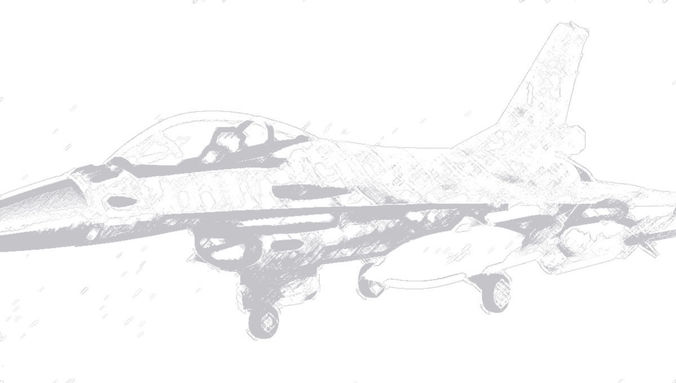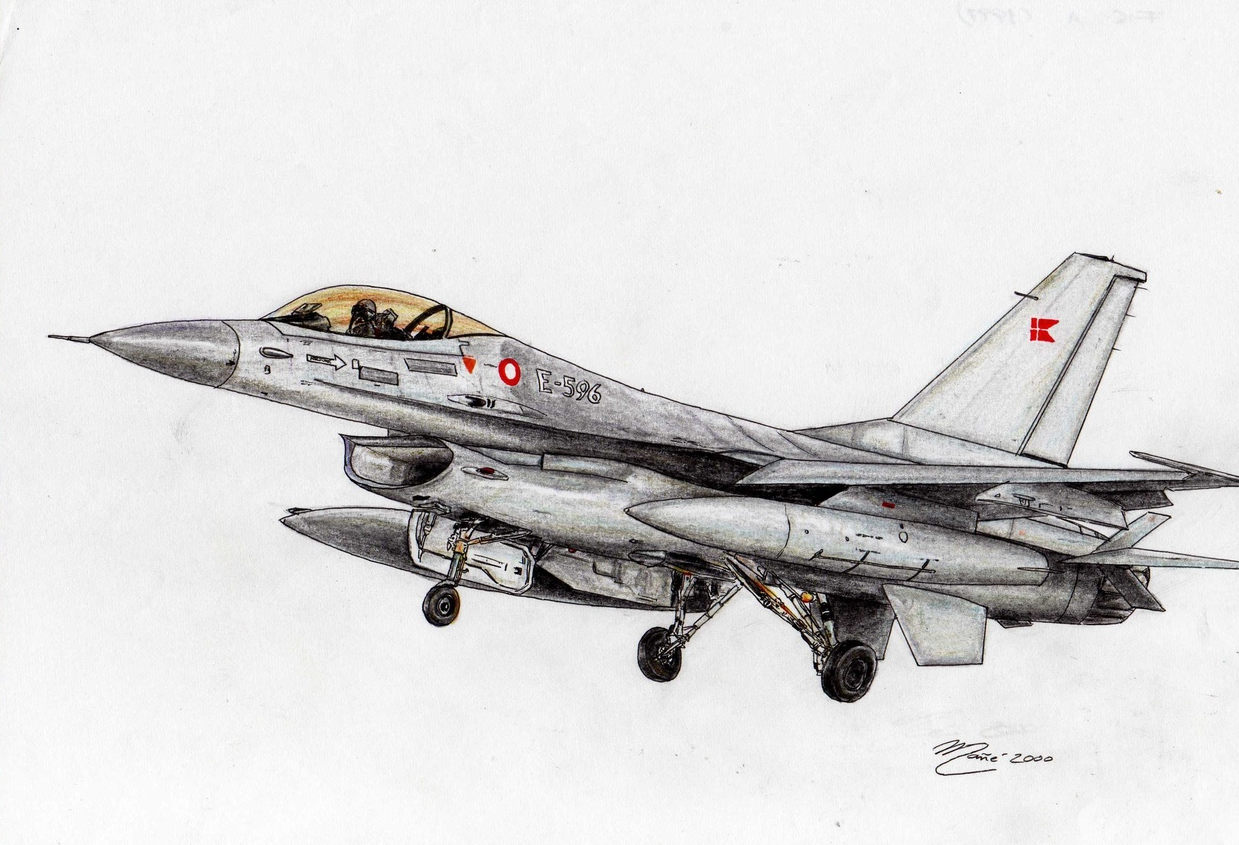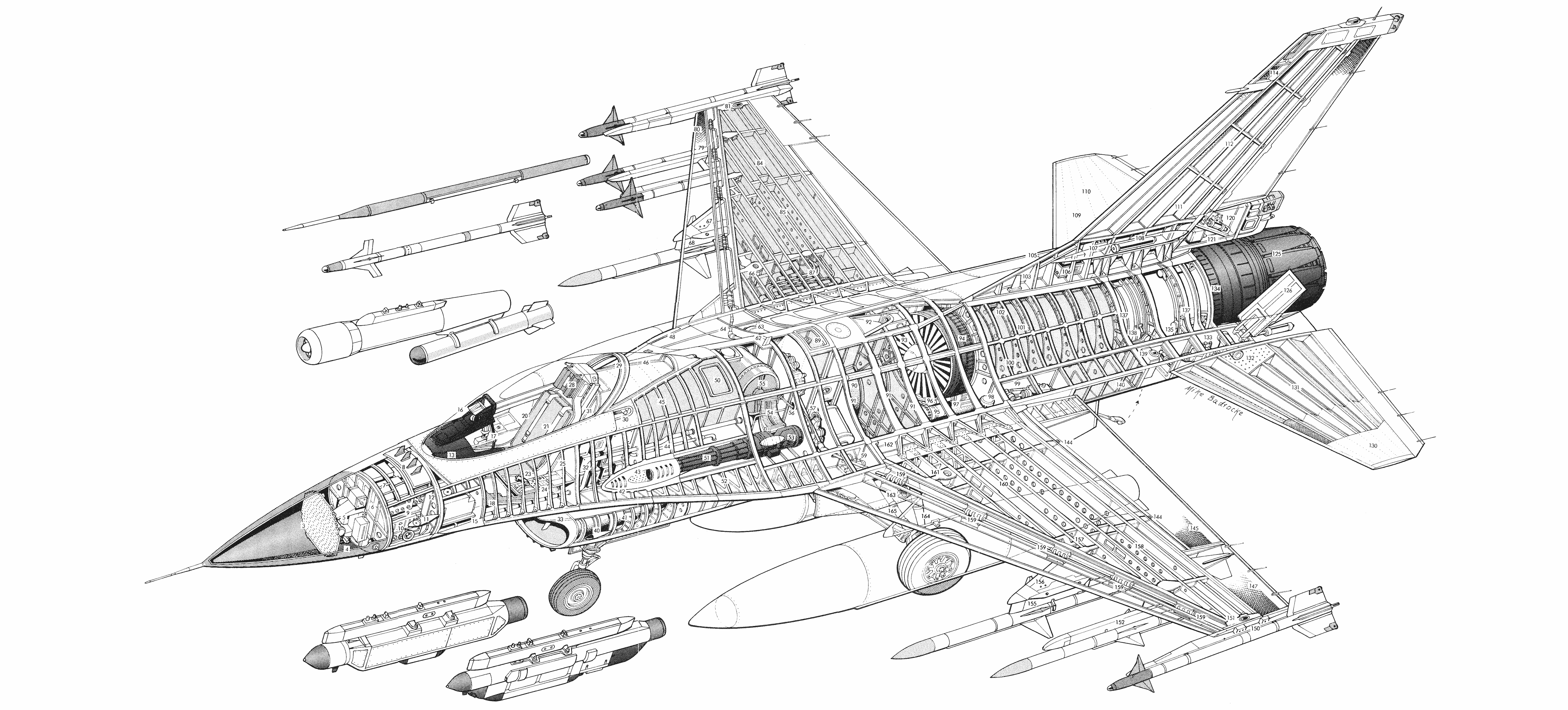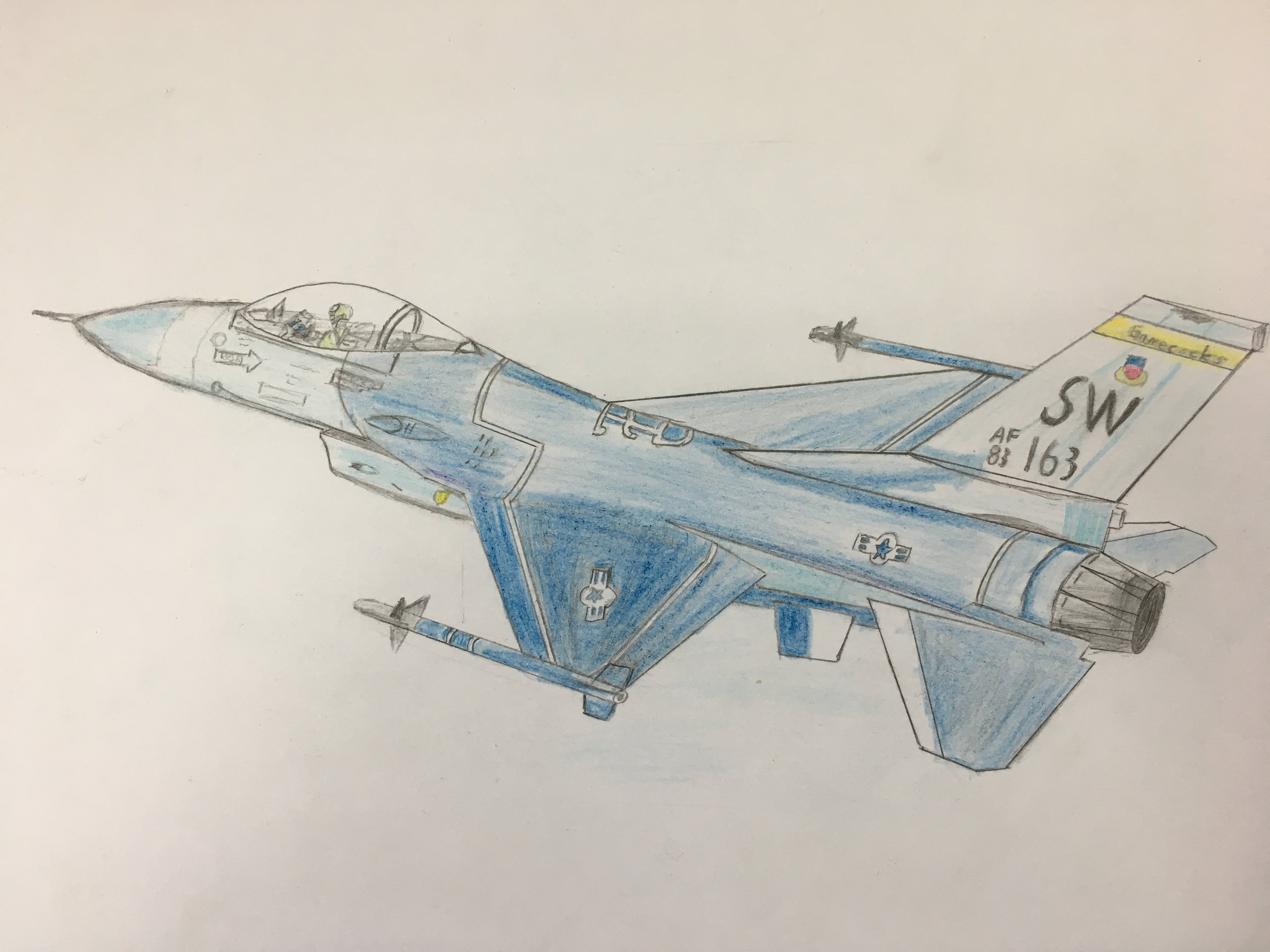Drawing fighter pencil falcon aviation pen ink fighting joan drawings supersonic engine single multirole aircraft colors combat paintingvalley watercolor
Table of Contents
Table of Contents
Are you an aspiring artist dreaming of drawing an F-16 but don’t know where to start? Or maybe you’re a seasoned sketcher looking for ways to improve your F-16 drawing techniques? Look no further. In this article, we’ll share tips and tricks on how to draw F-16 like a pro.
Pain points
Drawing F-16 can be a daunting task, especially if you’re not familiar with the fighter jet’s anatomy. Some might struggle to draw the angular lines and curves, while others might have difficulty creating accurate proportions. But fear not, with a little practice, we believe anyone can draw a stunning F-16.
How to draw F-16
The key to drawing an F-16 is to break down the image into simple shapes and lines. Start by sketching a rough outline of the plane as lightly as possible, making sure you get the proportions right. Once you’re happy with the initial sketch, start adding details such as the cockpit, wings, and missiles. Remember to use reference images to guide you.
When it comes to shading, think about the light source and how it interacts with the fighter jet’s surfaces. Use darker shades for areas in shadow and lighter tones for areas that reflect light. You can also add texture to the surface by using crosshatching, stippling, or even a blending tool.
Main points
In summary, drawing an F-16 requires patience, and practice. Break down the image into simple shapes and lines, reference your drawing with images of the actual fighter jet, and shade accordingly by thinking about light sources and textures.
How to draw F-16 step-by-step
When I first started drawing F-16s, I struggled with the wings’ angular lines and the missiles’ curves. But with time, practice, and following these easy steps, I’ve improved significantly.
 Step 1: Use light pencil strokes to create a rough outline of the F-16, making sure you get the proportions right
Step 1: Use light pencil strokes to create a rough outline of the F-16, making sure you get the proportions right
 Step 2: Add the details such as the cockpit, wings, and missiles
Step 2: Add the details such as the cockpit, wings, and missiles
 Step 3: Shade the fighter jet accordingly by thinking about light sources and texture
Step 3: Shade the fighter jet accordingly by thinking about light sources and texture
The importance of reference images
One of the most critical elements of drawing F-16s is using reference images. By observing actual F-16s, you can understand the fighter jet’s shape, size, and the location of details such as missiles and the cockpit. The more reference images you use, the more accurate your drawing will be.
Understanding light sources and texture
When shading your F-16, it’s important to consider the light source’s location and how it interacts with the fighter jet’s surfaces. For example, parts of the fighter jet that face away from the light source may have more shadow, and areas that reflect light may use lighter shades. Texture can also be added to the surface to add depth by using crosshatching, stippling, or even a blending tool.
Tools for drawing F-16
While you can technically draw F-16s with any pencil and paper, there are tools that can help make the process easier. Sketchbooks, pencils of varying darkness, erasers, and shading tools such as blending stumps or tortillions can be used to achieve different textures and create realistic drawings.
Common mistakes when drawing F-16s
One of the most common mistakes when drawing F-16s is not paying attention to proportion. Another mistake can be not using reference images, leading to an inaccurate drawing. Lastly, some might shade their drawings too heavily or use incorrect textures, taking away from the accuracy of the drawing.
Question and Answer
Q:
Is it possible to draw an F-16 without using reference images?
A:
Possible, but challenging. Using reference images allows you to accurately show the position of the cockpit, missiles, and wings, leading to a more realistic drawing.
Q:
What is the best way to practice drawing F-16s?
A:
The best way to practice is to do quick sketches and focus on getting the proportions right. Use reference images and practice shading techniques to add depth and texture.
Q:
Are there any shortcuts to drawing an F-16?
A:
No, drawing an F-16 requires patience and practice. Break down the image into simple shapes and lines, reference your drawing with images of the actual fighter jet, and shade accordingly by thinking about light sources and textures.
Q:
What should I do if my F-16 drawing looks inaccurate?
A:
First, take a break and come back with fresh eyes. Then, compare your drawing to reference images to identify the inaccuracies. Once identified, go back and correct them.
Conclusion of how to draw F-16
Learning how to draw an accurate F-16 requires patience, practice, and an understanding of the fighter jet’s anatomy. By using reference images, breaking down the image into simple shapes and lines, and shading according to light sources and textures, you can create stunning drawings. Avoid common mistakes, practice regularly, and soon enough, you’ll be drawing F-16s like a pro.
Gallery
Google Image Result For Https://paintingvalley.com/sketches/f-16-sketch

Photo Credit by: bing.com /
General Dynamics F-16 Fighting Falcon Cutaway Drawing In High Quality

Photo Credit by: bing.com / falcon fighting cutaway dynamics general drawing drawings fighter f16 sketch superiority air paintingvalley lockheed martin quality cockpit sukhoi multirole tags
F 16 Drawing At GetDrawings | Free Download

Photo Credit by: bing.com / drawing draw getdrawings
F 16 Drawing At GetDrawings | Free Download

Photo Credit by: bing.com / drawing getdrawings
F 16 Drawing At PaintingValley.com | Explore Collection Of F 16 Drawing

Photo Credit by: bing.com / drawing fighter pencil falcon aviation pen ink fighting joan drawings supersonic engine single multirole aircraft colors combat paintingvalley watercolor






